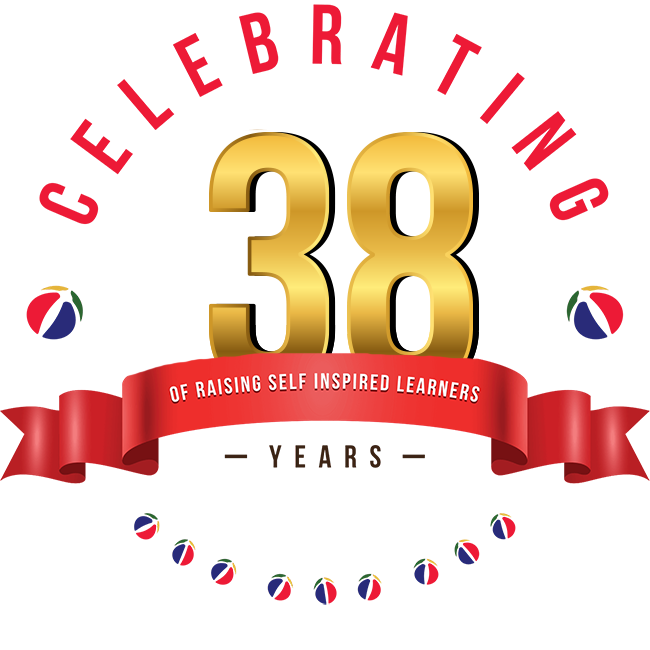 Too often, parents seek ways to improve their child’s behavior, and when they’re asked which strategies they have used, it is revealed that punishments are the most commonly used method of redirecting a child’s undesired behavior.
Too often, parents seek ways to improve their child’s behavior, and when they’re asked which strategies they have used, it is revealed that punishments are the most commonly used method of redirecting a child’s undesired behavior.
The differences between punishment and discipline can be subtle at first glance. In fact, they are often interpreted and used as synonyms, but their impact can be dramatically different when they are implemented with children. Discipline is the practice of teaching a child to behave in accordance with expectations or rules. Teaching requires explaining and modeling how to do something, and it focuses on developing future habits. Punishment, meanwhile, focuses on providing negative consequences for past behavior.
While punishments like taking away video games and time-outs can be effective in abating the undesired behavior in the moment, they create obedience based on fear, which doesn’t usually motivate a child to stop the behavior. Rather, it encourages them to avoid being caught performing the behavior, and they will most likely continue it in less visible ways. Obedience inspired by fear can be harmful to the developing mind, because it causes a child to react out of a place of emotion, rather than out of critical thinking.
Children learn from everything that we model for them in our homes. If we display poor emotional regulation by yelling at them, or by giving punishments while in an emotional place, they will learn to do the same in times of stress. Studies have found that harsh or punitive punishments, especially those in the form of physical punishment, will lead to future aggression in children even though it may deter the child’s negative behavior in the moment. Therefore, it is important to teach our children how to handle stressful situations calmly through logical problem-solving.
 If we teach our children to become aware of their own emotions and examine their conscience, we can feel confident that when we are not there, they will do the right thing. We want them to look inside themselves and come up with ways to improve their own behavior. By encouraging their agency, we are teaching them to correct their own behavior, rather than wait for others to regulate their emotions through consequences and punitive measures. If we teach our children discipline, rather than addressing their past actions with punishments, our children will learn how to positively navigate challenges and personal failures, and they will be given the tools they will need to grow as compassionate, rational leaders throughout their lives.
If we teach our children to become aware of their own emotions and examine their conscience, we can feel confident that when we are not there, they will do the right thing. We want them to look inside themselves and come up with ways to improve their own behavior. By encouraging their agency, we are teaching them to correct their own behavior, rather than wait for others to regulate their emotions through consequences and punitive measures. If we teach our children discipline, rather than addressing their past actions with punishments, our children will learn how to positively navigate challenges and personal failures, and they will be given the tools they will need to grow as compassionate, rational leaders throughout their lives.



Pingback: Discipline and Punishment: Understanding the Difference – Montessori School of Downtown